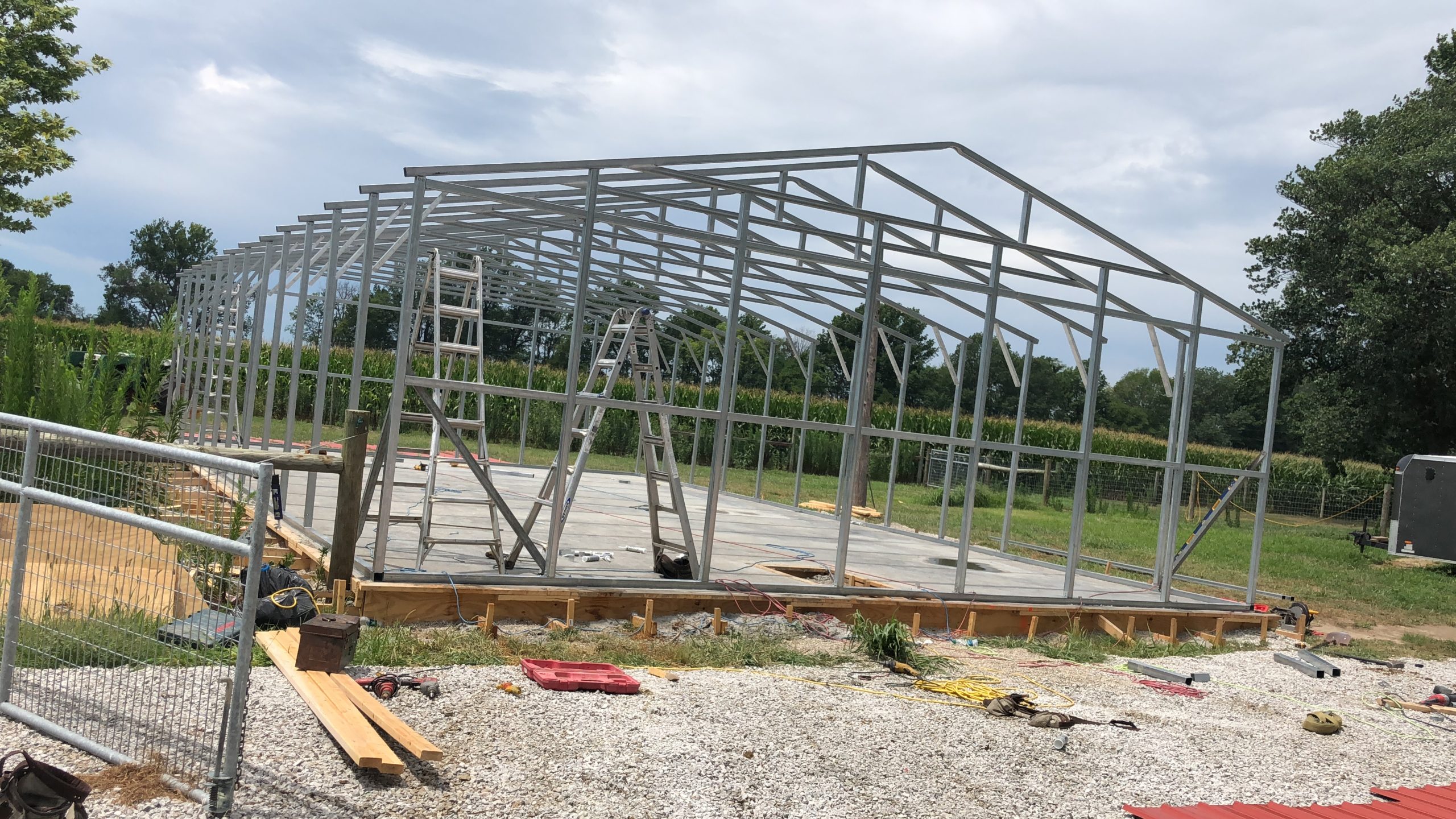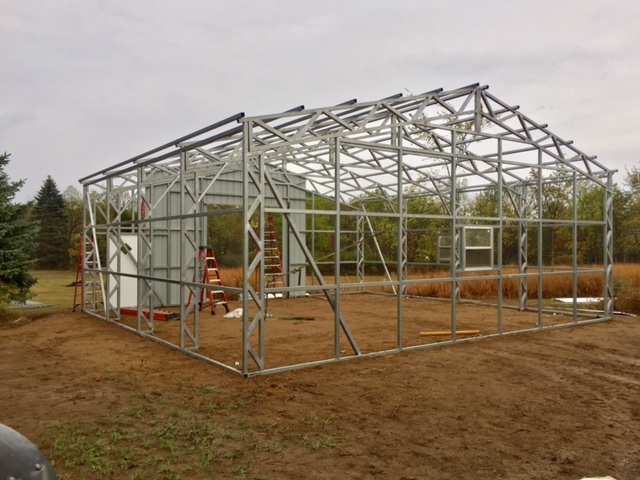
Light gauge steel frame construction is in demand as more architects and contractors capitalize on this. Do you also consider using this framing method for your next building project? Or are you curious about what they like about light gauge steel frames?
Why go for light gauge steel framing in building construction?
Light gauge steel frames are versatile for being fit to almost any construction application. These are purposeful in residential, commercial, and light industrial projects. Moreover, light gauge steel can be formed into complex shapes. Thus, builders can have more accurate detailing than conventional stick framing methods. They can also construct stronger and safer buildings.
Apart from its versatility, the other strong points of using light gauge steel frames include the following:
Faster erection times – These frames have lighter weight, reducing the building foundation’s load. With this, it is quicker to assemble structures on-site. This method is also an excellent alternative to traditional brick or concrete block construction, particularly in multi-story applications.
Improve energy efficiency – Besides saving energy in labor and use of tools, light gauge steel framing components are also customizable to be insulation. And we know that installing an effective insulator improves energy efficiency in building use.
Better in fire resistance – Light gauge steel frames don’t easily catch on fire and can help prevent the spread of flames in case of a fire. It’s why this is one of the safest materials for many construction applications.
Economical – Light gauge steel frame is favored as it provides economical solutions to many building issues. It requires fewer materials, less labor than other construction methods, and little maintenance.
Eco-friendly – Light gauge steel frames are made from recycled materials. And since light gauge steel framing requires fewer materials, it puts less strain on the environment.
Low noise levels – It is ideal for multi-family dwellings, office buildings, or any other environment where noise levels need minimal. Its material can reduce sound transmission between rooms or floors.
Durability – Above all, light gauge steel frames are worthy because they have superb durability. With proper maintenance, these can last up to 50 years.
Read: Light gauge vs structural steel construction.
A few reminders about light gauge steel frame construction

While numerous advantages exist, some risks are also associated with this framing type. These, however, can be lessened or solved if you can check these issues:
- Incorrect installation of steel frames, which can lead to structural failure
- Poor design and inadequate detailing of light gauge elements, resulting in insufficient or weak connections
- Improperly installed fasteners that may not hold the structure together during earthquakes or other natural disasters
- Poor quality control in manufacturing eventually causes cracks or other defects in steel members
- Flawed bracing to provide lateral stability and resist wind loading
- Inadequate training of personnel involved in the construction process;
- Lack of proper coordination between the engineer, designer, contractor, and fabricator
- Fire-rated assemblies that are not certified or accredited; and
- Insufficient maintenance of the light gauge steel frame building after construction.
It is crucial to address these issues immediately to get the best about light gauge steel framing. And remember to follow the local building codes and regulations when designing a light gauge steel frame building. It prevents unnecessary headaches and, at the same time, meets safety and performance standards. And if these are overwhelming, consult a professional familiar with the construction and process to help you.
